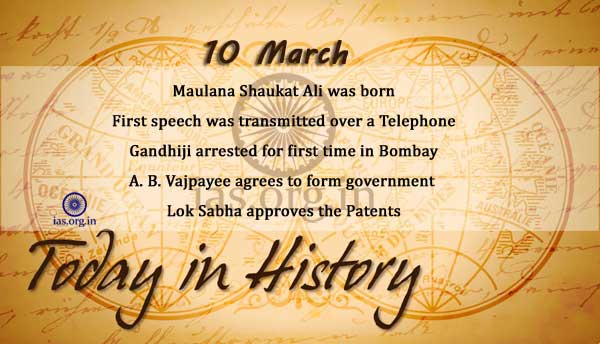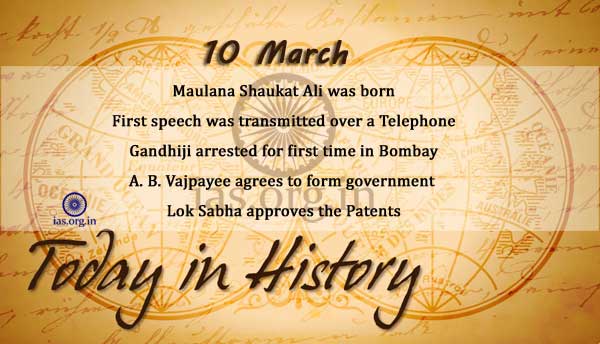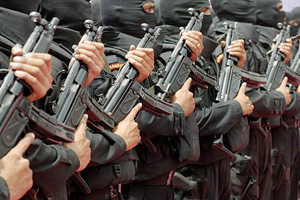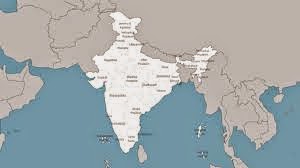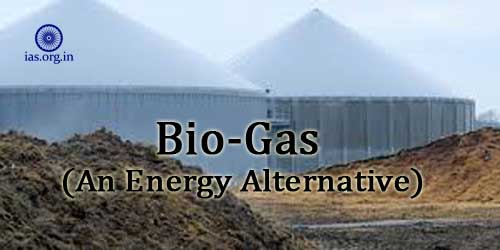Table of Contents
- Introduction
- Importance of Low Temperatures in Quantum Technologies
- Cryogenic Requirements for Quantum Systems
- Principles of Cryogenics
- Temperature Scales and Units
- Dilution Refrigeration and Sub-Kelvin Cooling
- Pulse Tube Cryocoolers
- Adiabatic Demagnetization Refrigerators (ADR)
- Cryostats and Cryogenic Infrastructure
- Thermal Anchoring and Heat Load Management
- Cryogenic Compatibility of Materials
- Superconductivity and Cryogenics
- Phonon and Quasiparticle Management
- Integration with Quantum Processors
- Cryo-CMOS and Low-Temperature Electronics
- Cryogenic Amplifiers and Signal Conditioning
- Vibration Isolation in Cryogenic Systems
- Quantum Refrigeration Concepts
- Challenges and Future Directions
- Conclusion
1. Introduction
Cryogenics is the science of achieving and maintaining extremely low temperatures. For quantum technologies, cryogenics is essential to suppress thermal noise, stabilize quantum coherence, and enable superconductivity.
2. Importance of Low Temperatures in Quantum Technologies
Quantum systems require millikelvin temperatures to:
- Reduce thermal excitations
- Preserve qubit coherence (T₁, T₂)
- Enable superconducting circuits
- Support quantum error correction thresholds
3. Cryogenic Requirements for Quantum Systems
- Base temperature: ~10–20 mK
- Temperature stability: <±1 mK
- Multiple thermal stages for wiring, filtering, and shielding
- Vibration-free cooling for sensitive platforms
4. Principles of Cryogenics
Cryogenic systems remove entropy from a system using:
- Thermodynamic cycles (e.g., Joule–Thomson, Gifford–McMahon)
- Isentropic processes (e.g., adiabatic demagnetization)
5. Temperature Scales and Units
Cryogenic temperatures are typically measured in Kelvin:
- 1 K = −272.15 °C
- Dilution refrigerators reach below 10 mK
- Absolute zero (0 K) is theoretical lower bound
6. Dilution Refrigeration and Sub-Kelvin Cooling
Uses a ³He–⁴He mixture to achieve cooling below 100 mK:
- Relies on entropy of mixing
- Continuous-cycle operation
- Key for superconducting and spin qubit experiments
7. Pulse Tube Cryocoolers
Closed-cycle systems that cool to ~3–4 K without moving parts at cold head:
- Use pressure oscillations and regenerative heat exchange
- Preferred for pre-cooling dilution refrigerators
- High reliability and low maintenance
8. Adiabatic Demagnetization Refrigerators (ADR)
Leverage magnetocaloric effect:
- Entropy changes due to magnetic field cycling
- Ideal for isolated measurements or portable cryostats
- Not continuous (operate in cycles)
9. Cryostats and Cryogenic Infrastructure
Enclosures for maintaining cryogenic temperatures:
- Include thermal shields, radiation baffles, and vacuum insulation
- Designed for optical, electrical, and mechanical access
10. Thermal Anchoring and Heat Load Management
Wiring and components introduce thermal load:
- Anchoring at intermediate stages (e.g., 50 K, 4 K, 100 mK)
- Use of thermal braids, filters, and attenuators
- RF and DC lines must be thermally managed
11. Cryogenic Compatibility of Materials
Materials must:
- Retain mechanical integrity at low temperatures
- Exhibit low thermal conductivity (for insulators)
- Be nonmagnetic (to avoid decoherence)
Common materials: OFHC copper, stainless steel, sapphire, PTFE
12. Superconductivity and Cryogenics
Superconducting materials require cooling below their critical temperature \( T_c \). Cryogenics ensures:
- Persistent currents in qubit loops
- Minimal resistance and energy loss
- Operation of Josephson junctions
13. Phonon and Quasiparticle Management
Residual excitations (phonons, quasiparticles) degrade qubit performance:
- Shielding and phonon traps are used
- Quasiparticle poisoning is a major concern in superconducting circuits
14. Integration with Quantum Processors
Cryogenic stages host:
- Qubit chips (millikelvin)
- Amplifiers (4 K and 40 K)
- Control/readout electronics (various levels)
Requires complex mechanical and electronic integration
15. Cryo-CMOS and Low-Temperature Electronics
Development of CMOS electronics that operate at 4 K or below:
- Reduces cable heat load
- Enables scalable control architectures
- Challenges: transistor variability, leakage, noise
16. Cryogenic Amplifiers and Signal Conditioning
- High electron mobility transistor (HEMT) amplifiers (4 K)
- Josephson parametric amplifiers (JPA) for quantum-limited detection
- Cryogenic filters and isolators improve SNR and reduce backaction
17. Vibration Isolation in Cryogenic Systems
Mechanical vibrations cause decoherence and heating:
- Use of bellows, mass dampers, and vibration-free coolers
- Decoupling pulse tube stages from sensitive components
18. Quantum Refrigeration Concepts
Novel ideas include:
- Quantum heat engines
- Refrigerator cycles using qubits as working medium
- Reversible thermal logic and quantum thermodynamics
19. Challenges and Future Directions
- Size, weight, and power (SWaP) constraints
- Scaling to 10⁴–10⁶ qubits
- Automated, modular dilution units
- Integrated cryo-electronic quantum modules
20. Conclusion
Cryogenics and quantum refrigeration are essential enablers of quantum hardware. As quantum systems scale, advances in low-temperature engineering will determine the feasibility of large-scale, fault-tolerant quantum computers and sensors.



